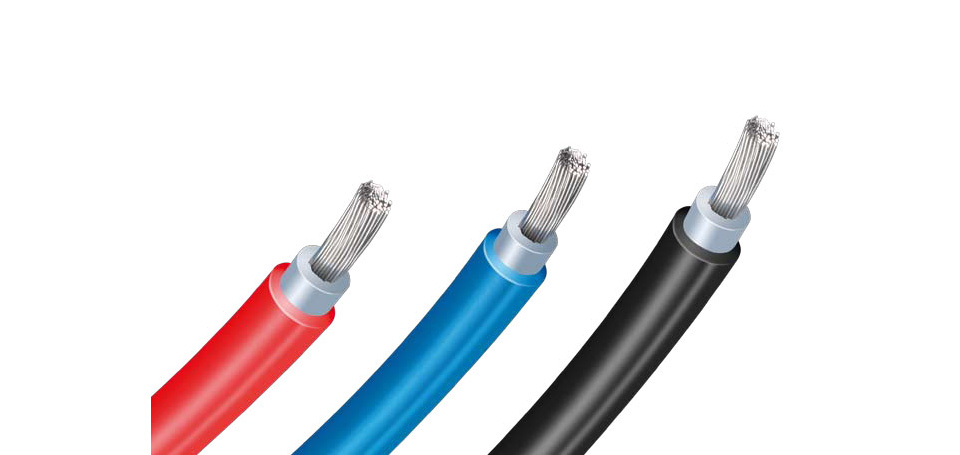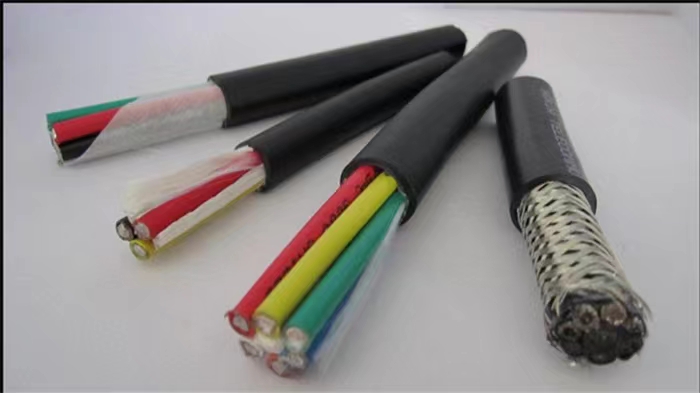A thermocouple cable is a simple, robust and cost-effective temperature sensor used in a wide range of temperature measurement processes. It consists of two dissimilar metal wires, joined at one end. When properly configured, thermocouples cable can provide measurements over a wide range of temperatures.

When two wires composed of dissimilar metals are joined at both ends and one of the ends is heated, there is a continuous current which flows in the thermoelectric circuit.
If this circuit is broken at the center, the net open circuit voltage (the Seebeck voltage) is a function of the junction temperature and the composition of the two metals. Which means that when the junction of the two metals is heated, or cooled, a voltage is produced that can be correlated back to the temperature.
Known for their versatility as temperature sensors, thermocouples are manufactured in a variety of styles, such as thermocouple probes, thermocouple probes with connectors, transition joint thermocouple probes, infrared thermocouples, bare wire thermocouple or even just thermocouple wire.
They are commonly used in a wide range of applications. Due to their wide range of models and technical specifications, it is extremely important to understand its basic structure, functionality, ranges as to better determine the right type and material of thermocouple for an application.

Thermocouples are available in different combinations of metals or calibrations. The most common are the “Base Metal” thermocouples known as Types J, K, T, E and N. There are also high temperature calibrations - also known as Noble Metal thermocouples - Types R, S, C and GB. Each calibration has a different temperature range and environment, although the maximum temperature varies with the diameter of the wire used in the thermocouple.
Although thermocouple calibration dictates the temperature range, the maximum range is also limited by the diameter of the thermocouple wire. That is, a very thin thermocouple may not reach the full temperature range.
K Type Thermocouples are known as general purpose thermocouple due to its low cost and temperature range.
Because a thermocouple measures in wide temperature ranges and can be relatively rugged, thermocouples are very often used in industry. The following criteria are used in selecting a thermocouple:
- Determine the application where the thermocouple will be used
- Analyze the temperature ranges the thermocouple will be exposed to
- Consider any chemical resistance needed for the thermocouple or sheath material
- Evaluate the need of abrasion and vibration resistance
- Installation requirements (may need to be compatible with existing equipment; existing holes may determine probe diameter)